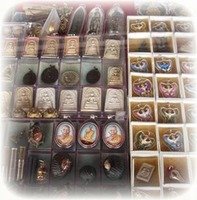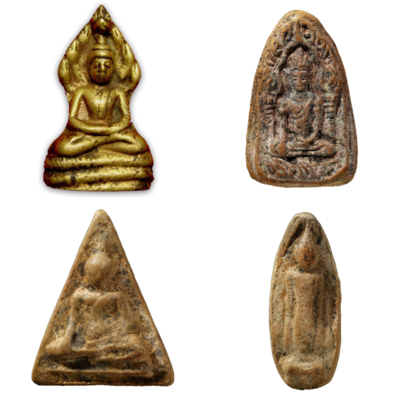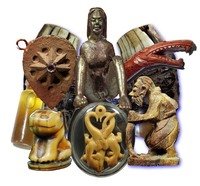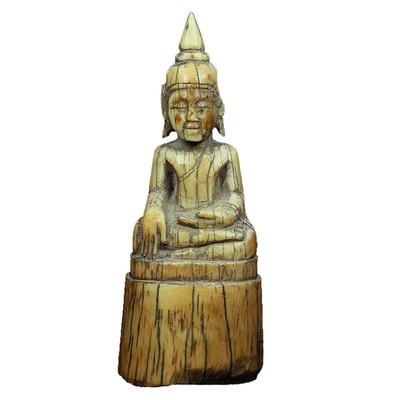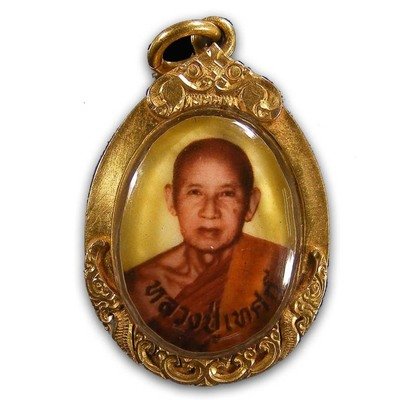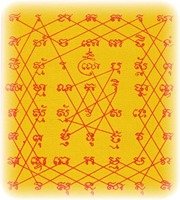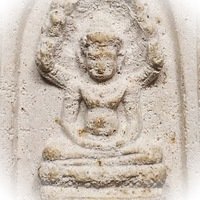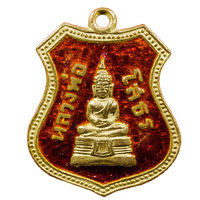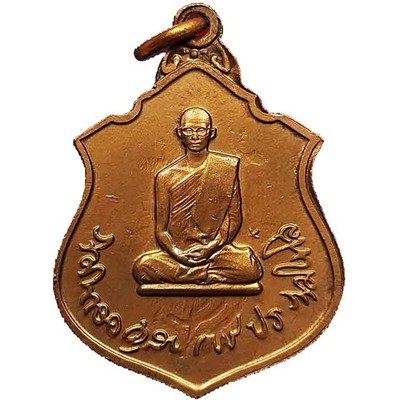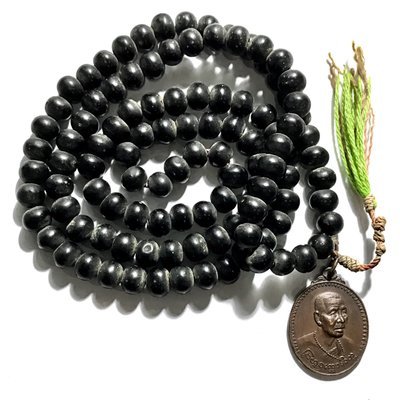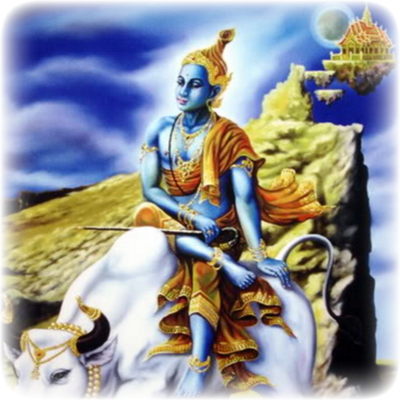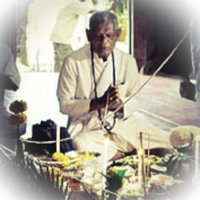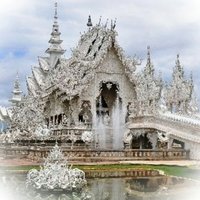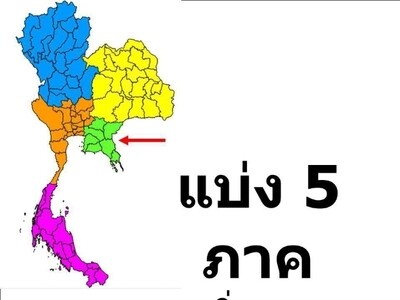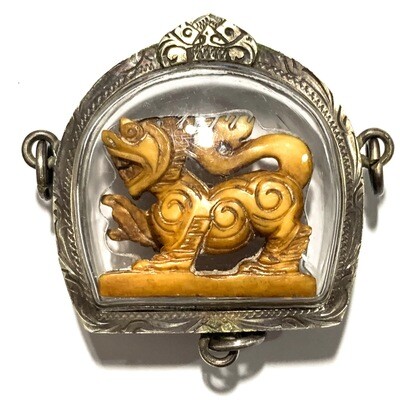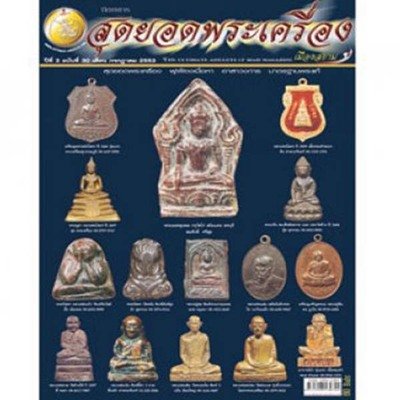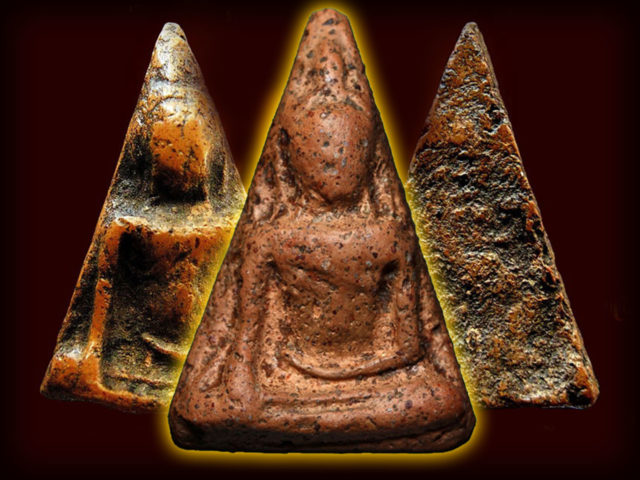
The Legend of Pra Nang Paya Amulet
Pra Nang Paya Benjapakee Amulet
Pra Nang Paya, or ‘Pra Pim Nang Paya, is an amulet from the Ayuttaya Period, which was artistically influenced in its design factors by the Artisans of the Sukhothai Periodic Style. As to the composition of the design of the Pra Nang Paya amulet, it can be said that it contains the work of the Sukhothai Artisan as its heritage, and is a Mark of Preservation of the Eight Periodic Buddhist Art styles found in Thai Sacred Arts and Amulets.
The Pra Nang Paya amulet was first discovered within the Chedi Stupa at Wat Nang Paya in Pitsanuloke, in the year 2444 BE, as King Julalongkorn Rama 5 was visiting Pitsanuloke, to be present for the casting of the Chinarat Replica Buddha at Wat Pra Sri Radtana Sasadaram. The King was invited to come and receive a large number of them as gifts (the best selected), and his Majesty then distributed them to the Government Officials and other Courtiers and Devotees. The remaining amulets, he took back to Bangkok. Apart from the ‘Serm Duang’ Horoscope Improving effects of this Purely Buddhist Amulet, the amulet is Famous for its Metta Mahaniyom, Klaew Klaad, Kong Grapan Chadtri, and Maha Lap powers.
The Pra Nang Paya Benjapakee amulet has 7 different Pim in total.
Pra Nang Paya Pim Khao Koeng.
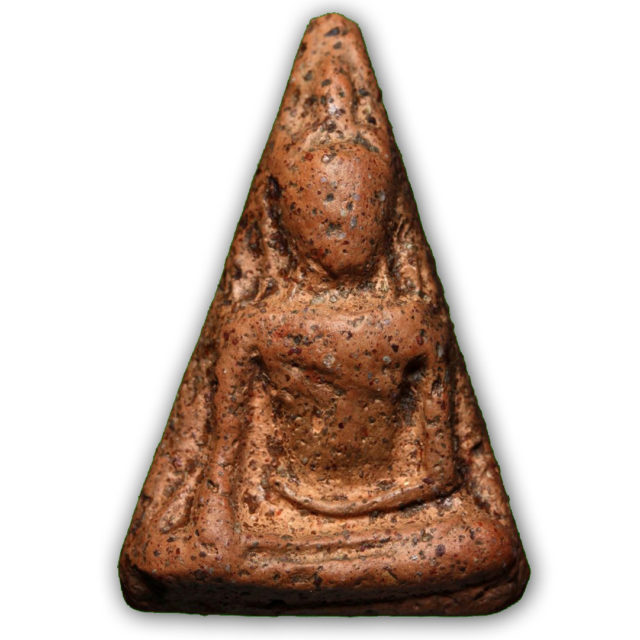
Pra Nang Paya Pitsanuloke Pim Khao Koeng Benjapakee Hiding Place Amulet
Pra Nang Paya Pim Khao Dtrong
(splits into two models; Khao Koeng Tammada, and Khao Koeng Mer Dtok Khaa).
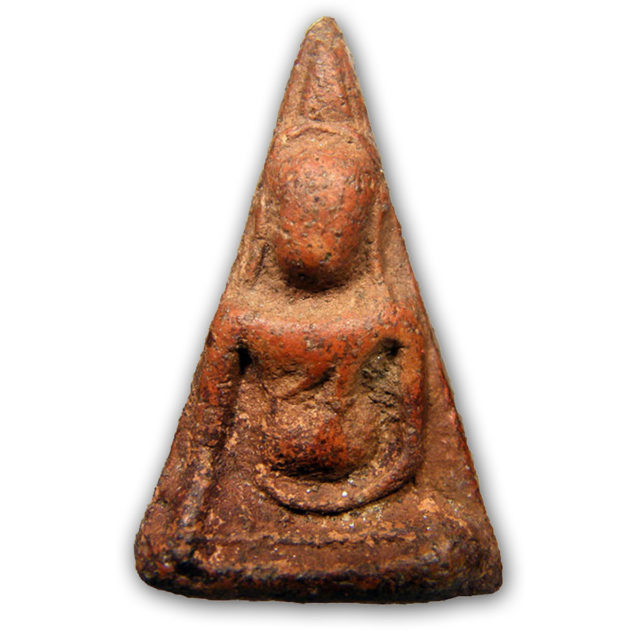
Pra Nang Paya Pitsanuloke Pim Khao Dtrong Benjapakee Amulet
Pra Nang Paya Pim Ok Noon Yai
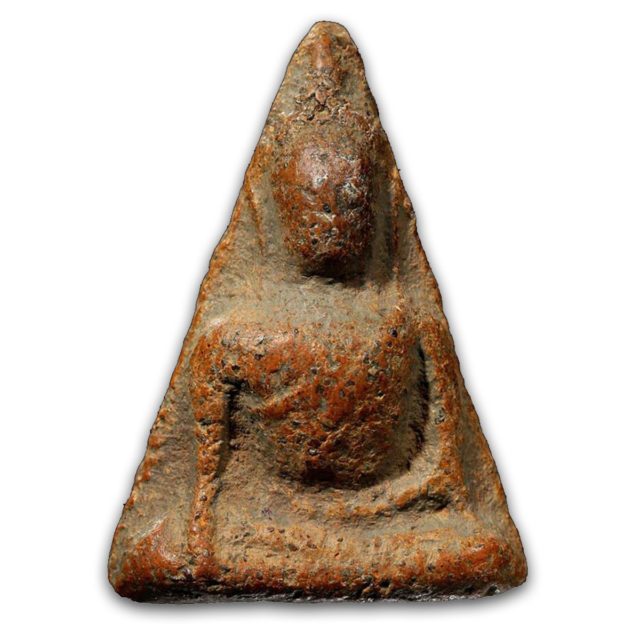
Pra Nang Paya Pim Ok Noon Yai Benjapakee Amulet – a Classic Pra Niyom Master Class Amulet
Pra Nang Paya Pim Ok Noon Lek.
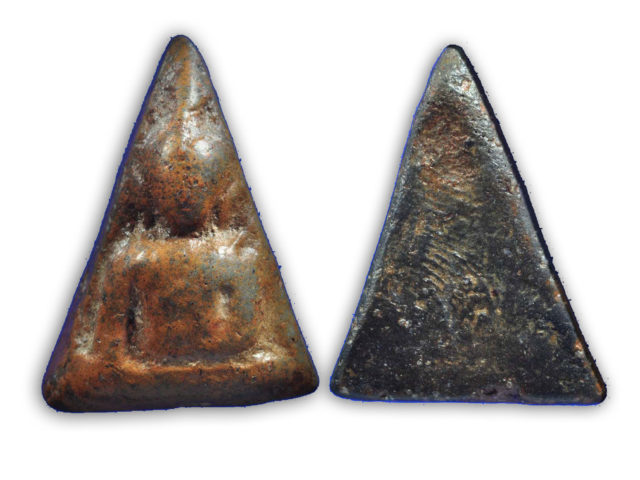
Pra Nang Paya Pitsanuloke Pim Ok Noon Lek Benjapakee Amulet of Historical Fame and Legend
Pra Nang Paya Pim Sangkati.
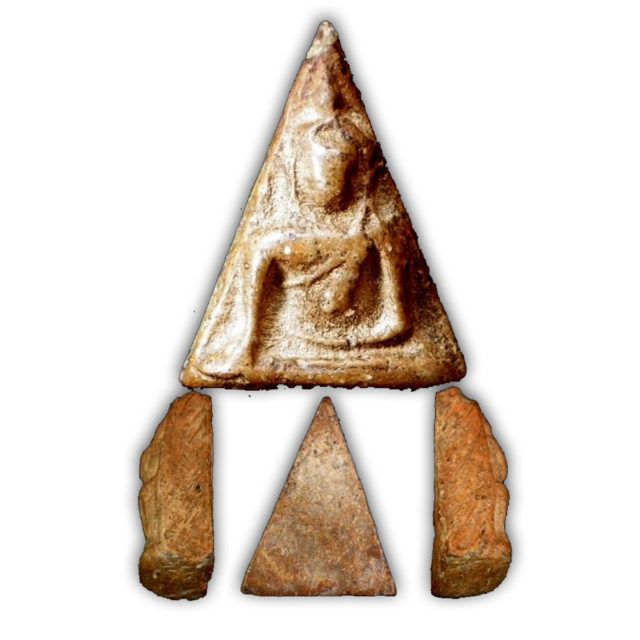
Pra Nang Paya Pitsanuloke Pim Sangkati Benjapakee Amulet – a very rare model to encounter from the seven Pim discovered in the Pitsanuloke Find
Pra Nang Paya Pim Ok Faeb also called ‘Pim Taewada’.
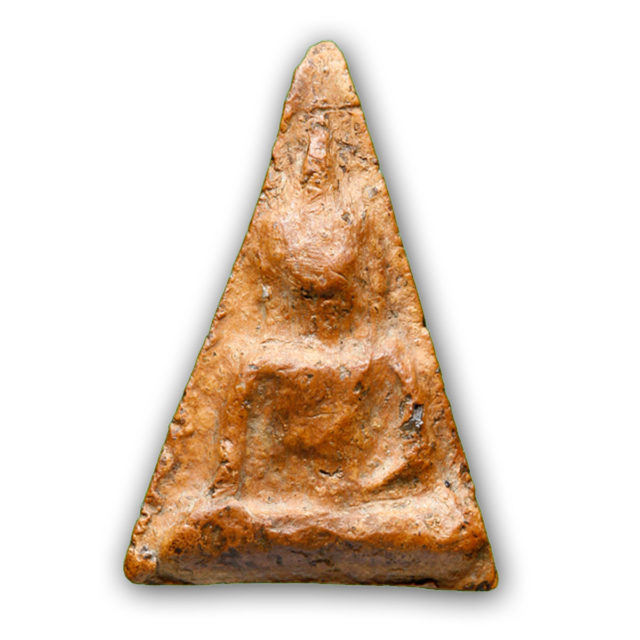
Pra Nang Paya Pim Tewada – a Classic Benjapakee Pra Niyom Master Class Amulet
Pra Nang Paya Pim Pised
(includes various amulets which do not fit in the above categories, such as the Khao Buang, or the Pim Yai Pised).
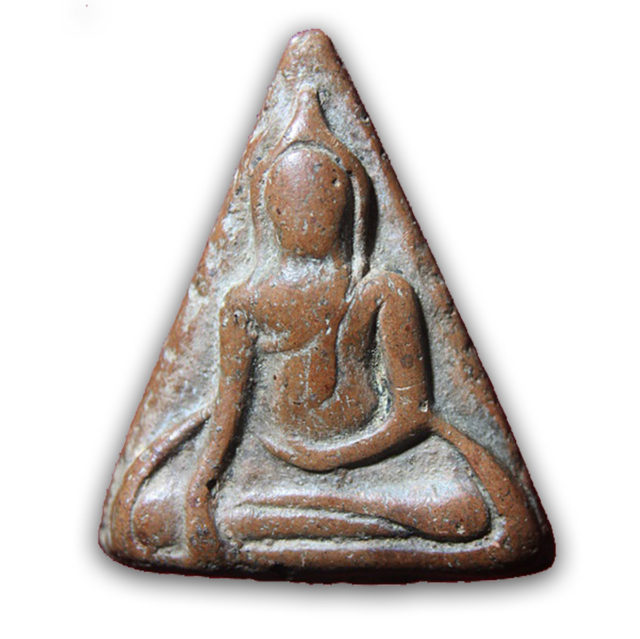
Pra Nang Paya Pim Pised Rare Special Model
Ancient Amulet - Thai Buddhist Pra Niyom Category Amulets
Ancient Amulet - Thai Buddhist Pra Niyom ('Pra Niyom'; meaning 'High End Preferred Class Antique amulets') Fine Authentic Amulets from the Great Thai Buddhist Sorcerer Monks, Lersi Ascetics, and Lay Masters of Olden Days
SIGN IN OR CREATE ACCOUNT
Discover the mesmerizing world of Thai Buddhist heritage with our unique collection of Pra Niyom amulets. These 'High End Preferred Class Antique amulets' are more than just collectibles; they are authentic spiritual artifacts hailing from the profound traditions of Thai Buddhist Sorcerer Monks, Lersi Ascetics, and revered Lay Masters of yesteryear. Our Pra Niyom amulets are a preservation of the memory of the Great Magical Masters of the past, and the Magic they wielded, and hopes to be a bridge to preserve this knowledge in the present and future. The information within Ancient Amulet website provides reference study material, textual, and visual knowledge, for those seeking a deeper understanding of Thai spirituality and culture. These exquisite ancient Thai amulets,are not just for the seasoned collector but for anyone with an appreciation for authenticity, craftsmanship, and the deep-rooted traditions they represent.
